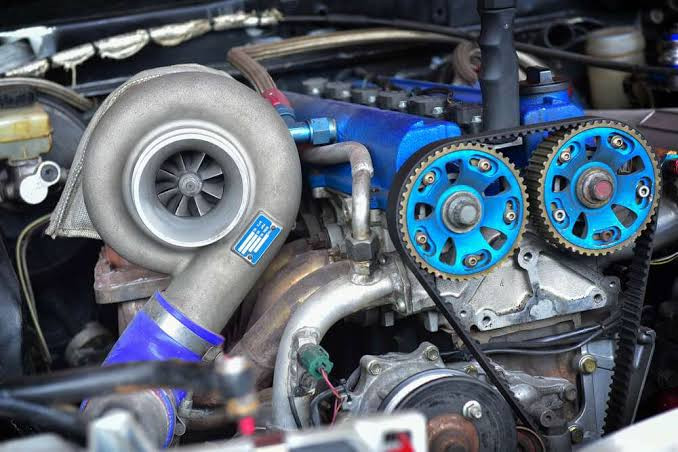Do you have a car with a turbocharger? A turbocharger is a device that makes your car go faster by forcing more air into the engine. It can be fun to drive a turbocharged car, but it can also use more gas than a normal car. How can you save gas with a turbocharged car?
In this article, we will tell you how to do that. We will also explain what a turbocharger is, how it works, and how it affects your gas mileage. Let’s get started!
What is a Turbocharger and How Does it Work?
A turbocharger is a device that is attached to the engine of a car. It has two parts: a turbine and a compressor. The turbine is a fan that spins by the exhaust gas that comes out of the engine. The compressor is another fan that spins by the turbine and pushes more air into the engine. This way, the turbocharger increases the amount of air and fuel that the engine can burn, which makes the engine produce more power and speed.
How Does a Turbocharger Affect Your Gas Mileage?
A turbocharger can affect your gas mileage in different ways, depending on how you drive your car. If you drive your car gently, with low RPMs (revolutions per minute), the turbocharger may not spin much or at all. This means that the engine will use less air and fuel, and your gas mileage will be similar to a normal car. However, if you drive your car hard, with high RPMs, the turbocharger will spin a lot and force more air and fuel into the engine. This means that the engine will use more air and fuel, and your gas mileage will be lower than a normal car. Therefore, the way you drive your car can make a big difference in how much gas you use with a turbocharged car.
How to Save Gas with a Turbocharged Car
If you want to save gas with a turbocharged car, you need to drive your car in a way that reduces the use of the turbocharger. Here are some tips and best practices for saving gas with a turbocharged car:
- Keep your RPMs low. The lower your RPMs, the less the turbocharger will spin and use more air and fuel. You can keep your RPMs low by driving in the highest gear possible, without making the engine struggle or shake. You can also use an automatic transmission, which will shift gears for you and keep your RPMs low.
- Accelerate and decelerate smoothly. The more you accelerate and decelerate, the more the turbocharger will spin and use more air and fuel. You can accelerate and decelerate smoothly by pressing the gas and brake pedals gently and gradually, without making sudden or hard changes in speed. You can also use cruise control, which will maintain a steady speed for you and reduce the need for acceleration and deceleration.
- Avoid high speeds. The higher your speed, the more the turbocharger will spin and use more air and fuel. You can avoid high speeds by driving at or below the speed limit, and by choosing routes that have less traffic and fewer stops. You can also avoid driving on highways, where the speeds are usually higher and the turbocharger is more likely to spin.
- Maintain your car. A well-maintained car will use less gas than a poorly-maintained car, regardless of whether it has a turbocharger or not. You can maintain your car by checking and changing your oil regularly, keeping your tires inflated properly, and replacing your air and fuel filters when needed. You can also use a fuel-efficient or synthetic oil, which will reduce the friction and heat in your engine and improve your gas mileage.
Conclusion
A turbocharged car can be fun to drive, but it can also use more gas than a normal car. If you want to save gas with a turbocharged car, you need to drive your car in a way that reduces the use of the turbocharger. You can do that by keeping your RPMs low, accelerating and decelerating smoothly, avoiding high speeds, and maintaining your car. By following these tips and best practices, you can enjoy the benefits of a turbocharged car without wasting too much gas.

Comments (0)
Please login to join the discussion
Be the first to comment on this article!
Share your thoughts and start the discussion